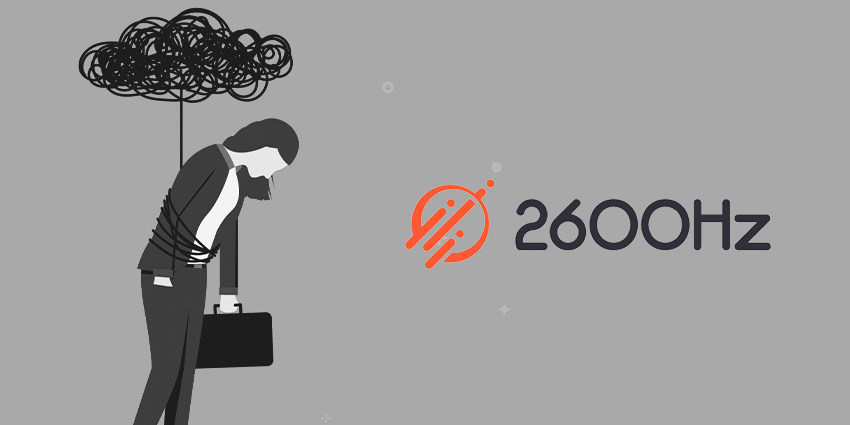The move to remote working has opened many doors for employees to manage their work/life balance. The removal of the weekly commute, and the ability to apply for any job without geographic constraints, are just a couple of positives that have come from a terrible two years.
However, one of the regular features of business life that has not been affected by COVID-19, and has intensified in many cases, is meetings. Instead of scheduling a room for when everyone is in the office, team leaders have the ability to call everyone to attention almost instantly, giving employees nowhere to hide, unless they already have a meeting planned.
But many a time these meetings can be just as productive if they take place in a different form, specifically asynchronously.
If the colleagues working on a project agree to do so in an asynchronous style, different contributors can add to a project in their own time, when they are able to devote their undivided attention to it, rather than be forced to engage at a particular moment, regardless of how their day is going so far.
As 2600Hz product marketing associate, Clint Mohs, details, the communications provider have worked on projects in this style, picking up where a colleague left off.
“From my vantage point, I think the move to working asynchronously has made us a much more productive business. Giving people the tools to choose when they work is going to lead to employees who are more engaged and have a sense of ownership over what they are doing.
“Although for colleagues like me and Alisa in different time zones and different states, it’s great to be able to instantly chat back and forth, this Slack culture interrupts our day to day tasks. Therefore it’s also really nice to have the ability to know that I don’t need to immediately respond when I’m deeply focused on writing a blog post, recording a podcast, or carrying out some of my other tasks.”
Wasted time
One of the key reasons why allowing businesses to work on projects in their own time is a great idea, is the efficiency savings each employee can make.
According to data collected by Otter.ai, ineffective meetings cost employees 31 hours a month which equates to one working day per week. Mohs went on to explain how these employees can save that time by managing their days better.
“Businesses that implement an asynchronous collaboration model will say that, if an attendee is not a direct stakeholder who has to give an update in a meeting, why don’t we record or auto transcribe the session, and you can consume it whenever you need to get caught up to speed.
“Another statistic Otter.ai shared is that executives say that 67% of their meetings completely fail to communicate the purpose of the meeting. We’ve all been through those types of meetings, but businesses are losing a ton of time through non-productive meetings that lead to employees getting burnt out quicker”
Tools
The tools in question include call recordings, email, shared documents and whiteboards, that give multiple people access to contribute their thoughts to projects in their own time.
The knock on effects of allowing employees to contribute to projects in their own time include better buy-in, high quality contributions, and less strain on mental health, as Alisa Bartash, 2600Hz head of marketing, explains.
“I think one of the biggest benefits of asynchronous collaboration is that it provides autonomy and empowers employees. Especially nowadays, it alleviates a lot of stress and helps promote mental health.
“When people can work in their own time, it takes a lot of the pressure off of those in different time zones. Employees aren’t required to either get up and start working early or work late into the evening because they’re able to collaborate in their own time. That results in happier and more productive employees who can focus more, work efficiently and reduce burnout.
“Another benefit is an improvement in buy-in and ownership because employees have more autonomy over their work and feel good about the work that they’re doing. I feel we hear a lot about how people feel like they’re working more than their standard nine to five. Asynchronous collaboration helps alleviate that feeling of always having to be on, checking Slack no matter what time it is, and instead helps employees to do work in their own time when they are fully engaged with what they’re working on.”







